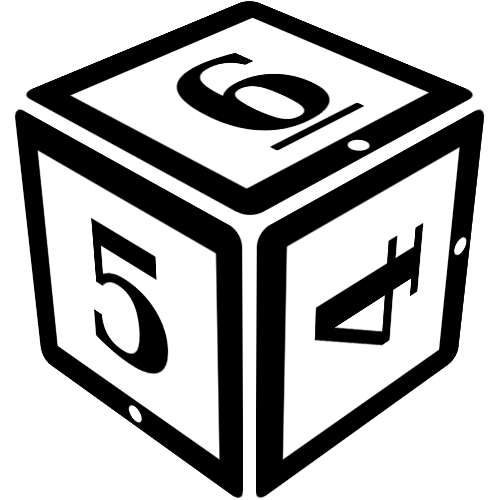Using Schemas
Depending on how the campaign is set up, only certain roles may be able to use schemas in the wiki. Even with these settings, certain pages may still be locked to specific players.
When you edit a wiki page, there is a section in the infobox on the right which asks what the page mostly describes. By default, the choices are 'Faction', 'Location' and 'Person'; these are the default 'Schemas' that new campaigns start with (though you can configure other options as well)
By selecting a Schema, you let the wiki know that the page describes a person, a faction, a location or whatever other option you have selected. This automatically adds some data fields where you can enter the most pertinent information related to that type. For example, for factions you can set a leader. To add additional information see extra fields.
When selecting a schema, the key question you should ask is "what does this page describe", and see if one of the schema's is a proper answer. In most cases, you only select a single schema for each page (though a special exception is described below).
Note: a common mistake is to view the schema as "has" instead of "is". For example if you have a page for Queen Galadriel, she "is" a person, so the Person schema applies. Even though she "has" a faction (Lothlorien), you should not select the Faction schema. A field for her affiliation will already become available when she is set to Person
So what do Schemas actually do do?
Besides providing some automatic fields, the site generates an automatic index of all pages with a specific schema. This means you can easily search through the list of people, factions or locations. Likewise, you can easily create lists in pages based on either just the schema or a combination of the schema and specific data entered.
For example, if you are describing House Slytherin, you can set it to be a Faction. This adds fields for a leader and an allegiance to a bigger organization: thus, the faction of House Slytherin might have allegiance to Hogwards while Severus Snape is its leader.
When creating the page for Severus Snape and Draco Malfoy, you can set them to Person, which add a field for affiliations, where you can enter House Slytherin.
The affiliations will automatically show links in the info box for each entry, but moreover, you can now add a list of members to the House Slytherin page by adding the following:
Special: if you have the operator or engineer role, you can add your own schemas and add or remove fields from schemas. For more details, see the Schema help page.
Advanced: Using multiple schemas
In most cases, you only select one Schema for any page. However, in some cases you may find that you can answer the "is" question in multiple ways.
For example, Hogwards is clearly a Location as you can travel to Hogwards, live in Hogwards, etc. However, it could also be considered a faction, especially in things like a Triwizard tournament when contrasted with the Drumstrang Institute and the Beauxbaton Academy of Magic. Likewise, Danny the Street - a sentient street from the DC Universes Doom Patrol - might be both a location and a person.
To deal with these situations, you can simply select two or more schemas to apply to the page. The page will be handled as if being both, and will be included in any list of either type.
In addition, you can set an extra main image for each additional schema set, which will be the image used in lists of that schema type. For example, for Hogwards you might select a location and set the main image to an aerial picture of the school. For the faction, you can then set the Hogwards logo as second main image.
Then, when viewing a list of locations, Hogwards will be displayed with the aerial photograph, but in a list of factions, the school will feature with its logo instead. If you set a location and faction but do not set a second main image, the school will still show in both lists, but the regular main image will be used for both.
